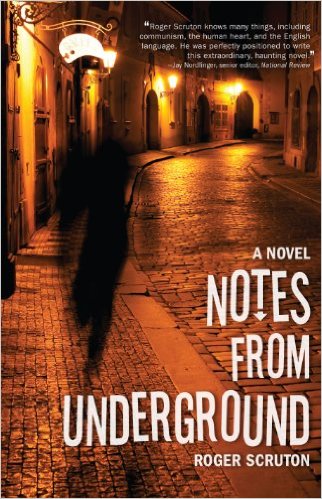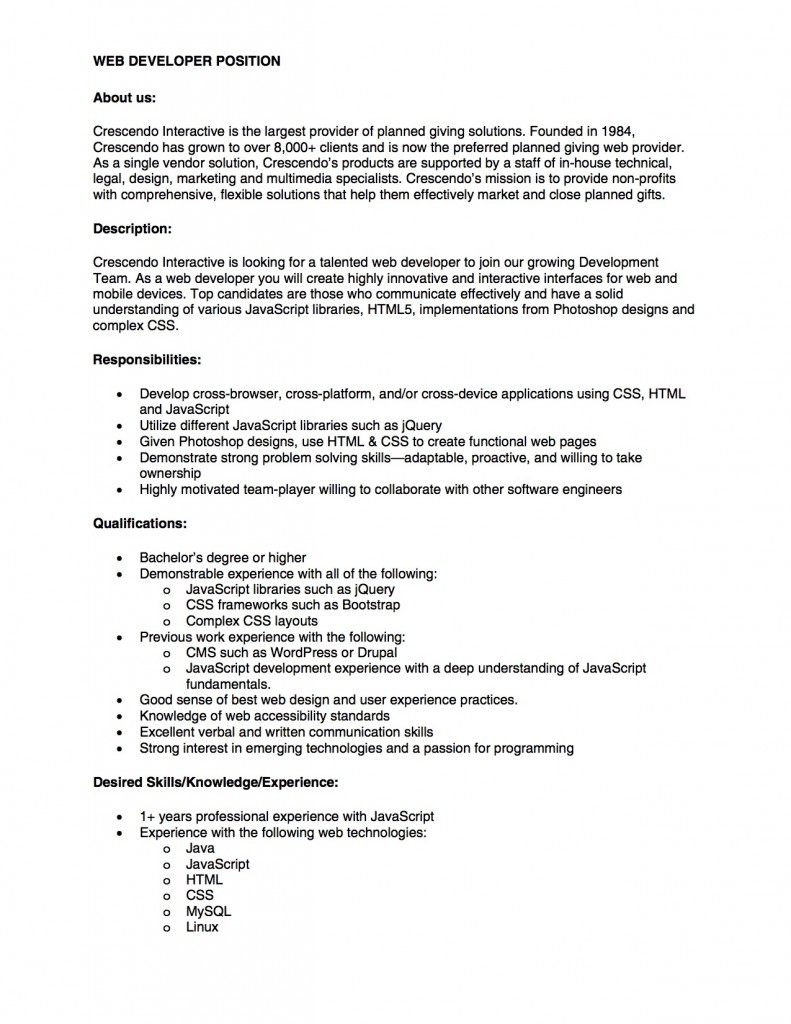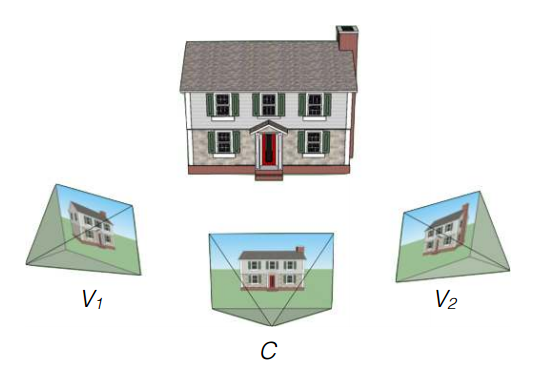 I am unfortunately nearing the end of Roger Scruton’s Notes from Underground. It is a fantastic novel, set in Prague of the 1980s. I am astounded how well Scruton, who is English, understands the climate of Central Europe, east of the Berlin Wall, in the twilight years of Soviet occupation.
I am unfortunately nearing the end of Roger Scruton’s Notes from Underground. It is a fantastic novel, set in Prague of the 1980s. I am astounded how well Scruton, who is English, understands the climate of Central Europe, east of the Berlin Wall, in the twilight years of Soviet occupation.
Scruton must know enough of the Czech language to be able to quote it freely; and he is attuned to the Slavic melancholy, and thus able to create believable characters and dialogues.
His descriptions of the city remind me of my hometown Kraków, very near Prague, and very similar in its experiences of oppression and desire for freedom.


 Google Street View offers panoramic views of more or less any city street in much of the developed world, as well as views along countless footpaths, inside shopping malls, and around museums and art galleries. It is an extraordinary feat of modern engineering that is changing the way we think about the world around us.
Google Street View offers panoramic views of more or less any city street in much of the developed world, as well as views along countless footpaths, inside shopping malls, and around museums and art galleries. It is an extraordinary feat of modern engineering that is changing the way we think about the world around us.